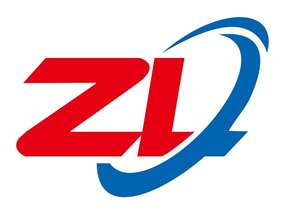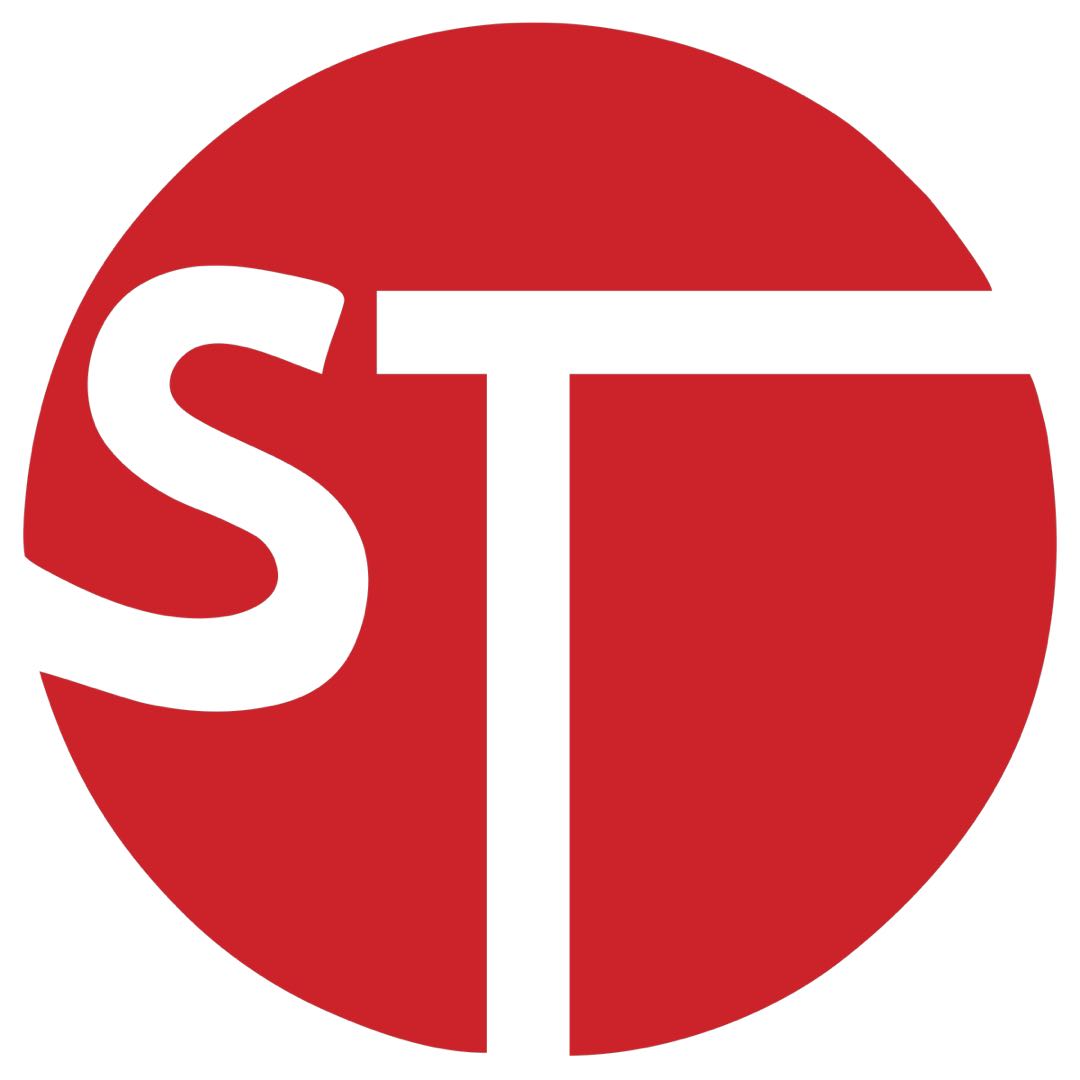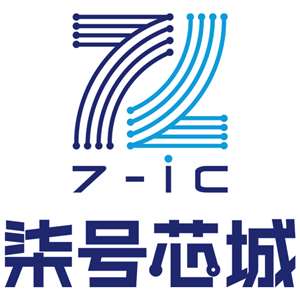GC5328
www.ti.com
SLWS218A –OCTOBER 2009–REVISED OCTOBER 2009
PIN FUNCTIONS
PIN
I/O
DESCRIPTION
NAME
NO.
MICROPROCESSOR INTERFACE
OEB
K20
K21
K22
J21
I
Output enable(inv)
Chip enable(inv)
CEB
I
I
RDB
Read strobe (inv)
WRB
I
Write strobe(inv)
UPADDR[9:0]
UPDATA[15:10]
UPDATA[9:0]
INTERRUPT
J22 ,H20, H21, H22, G20, G21, G22, F20, F21, F22
V22, U20, U21, U22, T20, T21
I
Microprocessor address
Microprocessor data
Microprocessor data
Microprocessor interrupt
I/O
I/O
O
T22, R20, R21, P22, N20, N21, N22, L20, L21, L22
AA20
POWER AND BIASING
VDD Y19, W19, W7, V18, V17, V16, V15, V14, V13, V12,
PWR 1.2-V supply
V11, V10, V9, V8, V7, V6, V5, V4, U19, U18, U17, U16,
U7, U6, U5, U4, T19, T18, T16, T7, T5, T4, R19, R18,
R17, R16, R7, R6, R5, R4, P19, P18, P17, P16, P7, P6,
P5, P4, N19, N18, N17, N16, N7, N6, N5, N4, M19, M18,
M17, M16,M7, M6, M5, M4, L19, L16, L7, L4, K19, K18,
K17, K16, K7, K6, K5, K4, J19, J18, J17, J16, J7, J6, J5,
J4, H19, H18, H17, H16, H7, H6, H5, H4, G19, G18,
G16, G7, G5, G4, F19, F18, F17, F16, F15, F14, F13,
F12, F11, F10, F9, F8, F7, F6, F5, F4, E18, E17, E16,
E7, E6, E5, D16, D11, D6, C14, C11, C6
VSS
AB22, AB4, AB3, AB2, AB1, AA22, AA21, AA3, AA2,
AA1, Y22, Y21, Y12, Y6, Y3, Y2, Y1, W22, W21, W18,
W12, W6, W2, W1, V21, V20, V3, V2, T15, T14, T13,
T12, T11, T10, T9, T8, R15, R14, R13, R12, R11, R10,
R9, R8, P15, P14, P13, P12, P11, P10, P9, P8, N15,
N14, N13, N12, N11, N10, N9, N8, M22, M21, M15,
M14, M13, M12, M11, M10, M9, M8, L15, L14, L13, L12,
L11, L10, L9, L8, K15, K14, K13, K12, K11, K10, K9, K8,
J15, J14, J13, J12, J11, J10, J9, J8, H15, H14, H13,
H12, H11, H10, H9, H8, G15, G14, G13, G12, G11,
G10, G9, G8, E22, E21, E20, E3, E2, E1, D22, D21,
D20, D14, D2, D1, C22, C21, C2, C1, B22, B21, B2, B1,
A22, A21, A2, A1
PWR Ground
MVDD2
W20
1.2-V monitor, no connect
GND monitor, no connect
PWR 1.8-V supply
MVSS2
Y20
VHSTLHV
VDDSHV
U15, U14, U13, U12, U11, U10, U9, U8
AA6, Y18, W4, V19, T17, T6, R3, P20, M20, L18, L17,
L6, L5, L3, J20, H3, G17, G6, E19, E15, E14, E13, E12,
E11, E10, E9, E8, E4
PWR 3.3-V supply
VDDA
Y7
PWR 1.2-V supply (requires filtering)
PWR Ground (requires filtering)
PWR 1.2-V supply (requires filtering)
PWR Ground (requires filtering)
PWR 1.2-V supply
VSSA
AB6
B14
A14
G1, F3
R22, P21
Y4
VDDA1
VSSA1
VPP
VPP1
PWR 1.2-V supply
DPDIREF
DPDVREF
DACREFP
DACREFN
ADCIREF
ADCVREF
BASEBAND INPUT
BB[15:10]
PWR DPD bias, 1 kΩ to VSS
PWR DPD bias to VDD
AA4
Y13
W13
C8
PWR DAC bias, 50 Ω to VSS
PWR DAC bias, 50 Ω to VDDS
PWR ADC bias, 1 kΩ to VSS
PWR ADC bias to VDD
D8
A16, D17, C17, B17, A17, D18
I
Baseband input signal
Copyright © 2009, Texas Instruments Incorporated
Submit Documentation Feedback
11
Product Folder Link(s): GC5328











![]()
![]()


![]()

![]()
![]()
